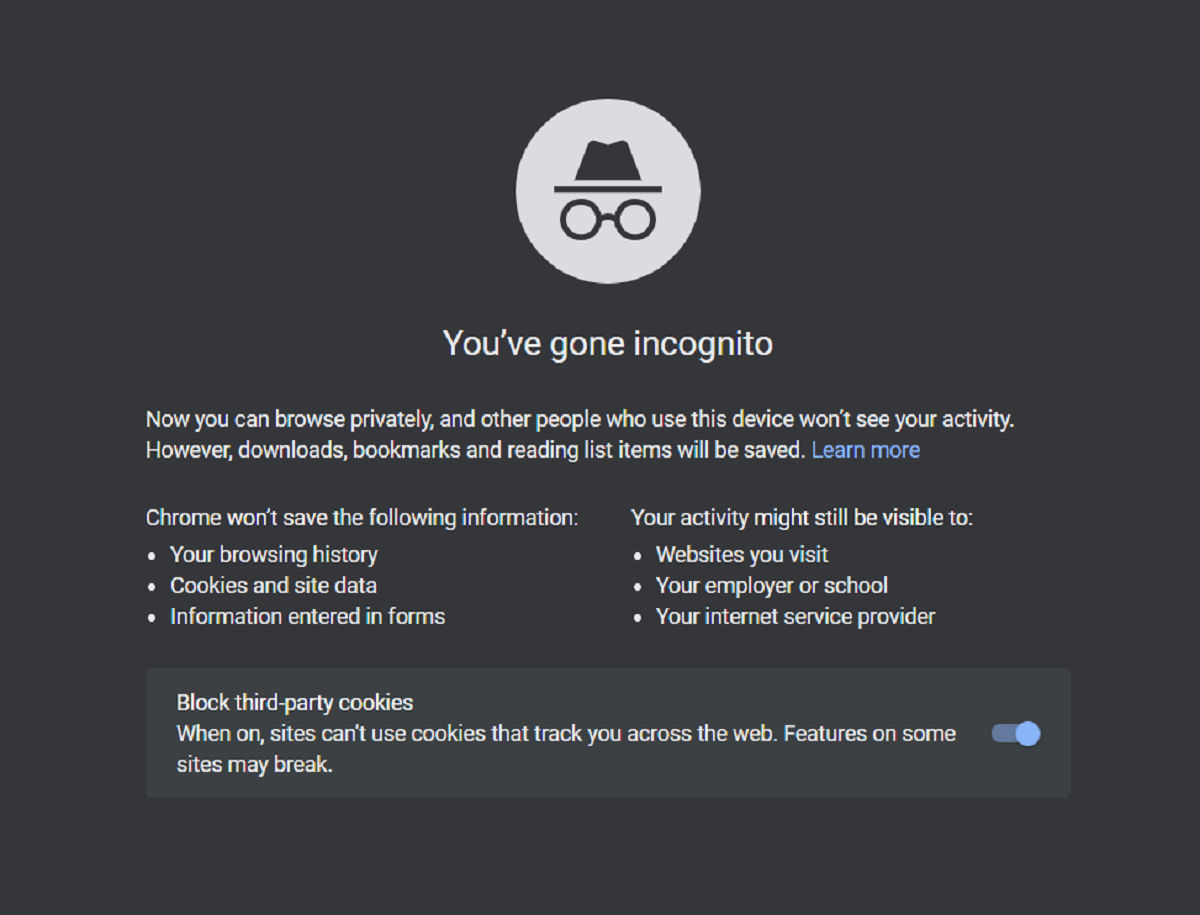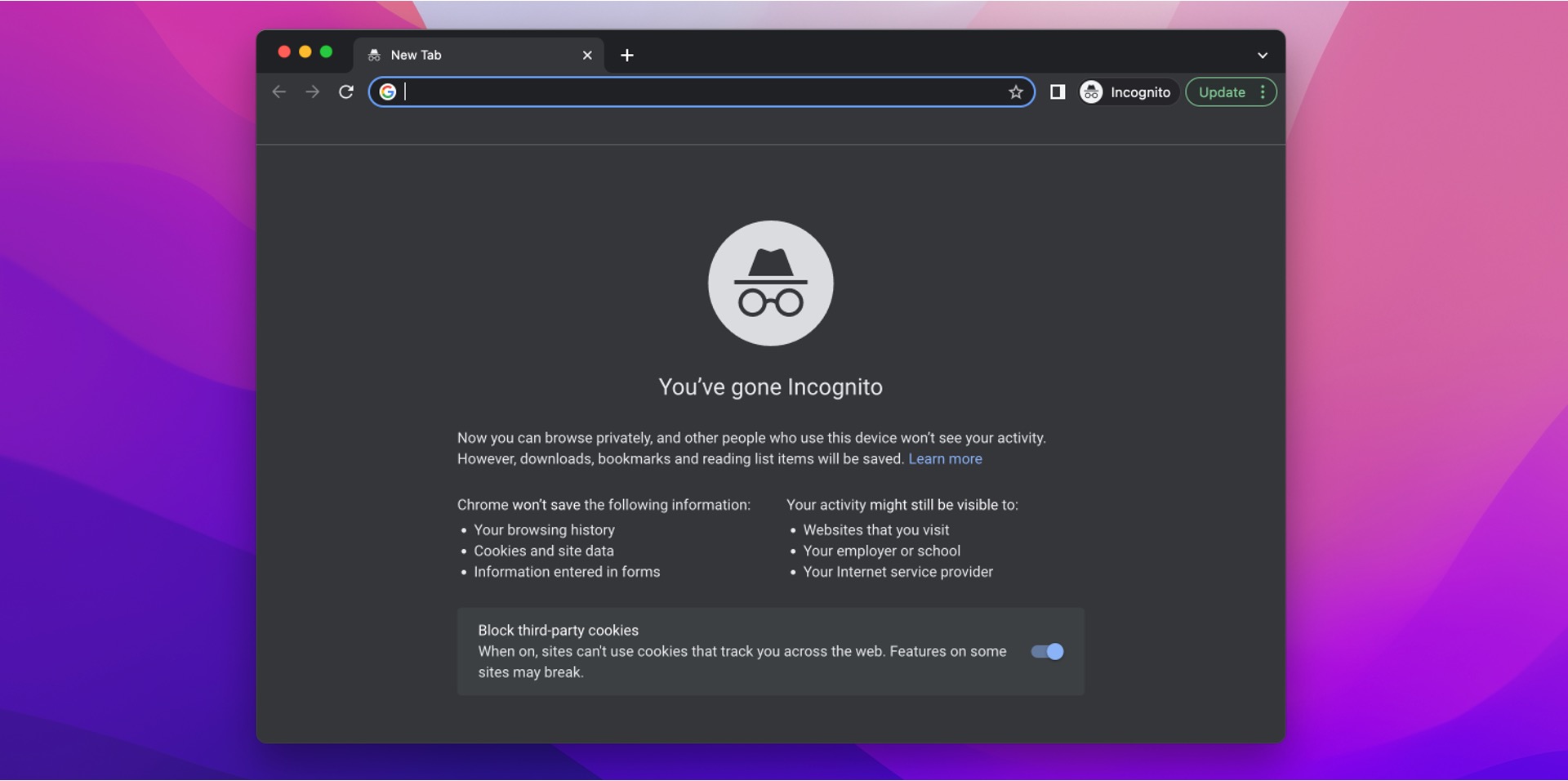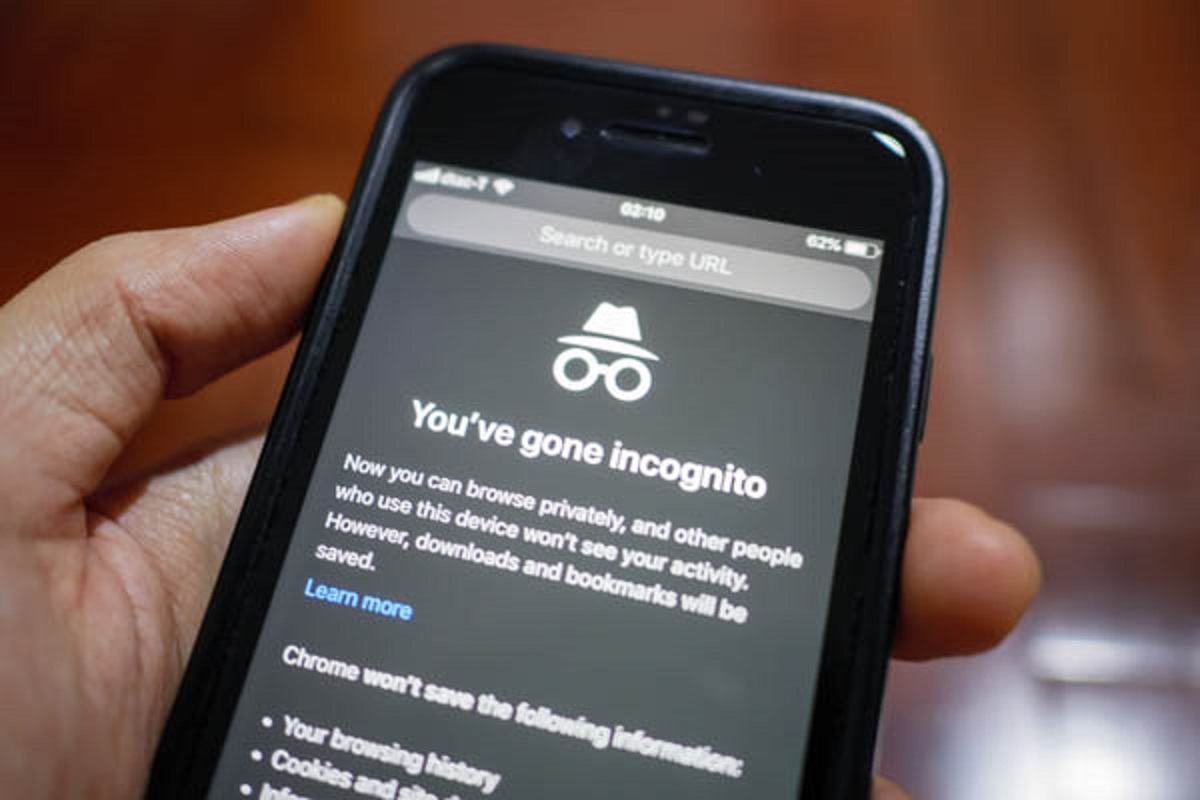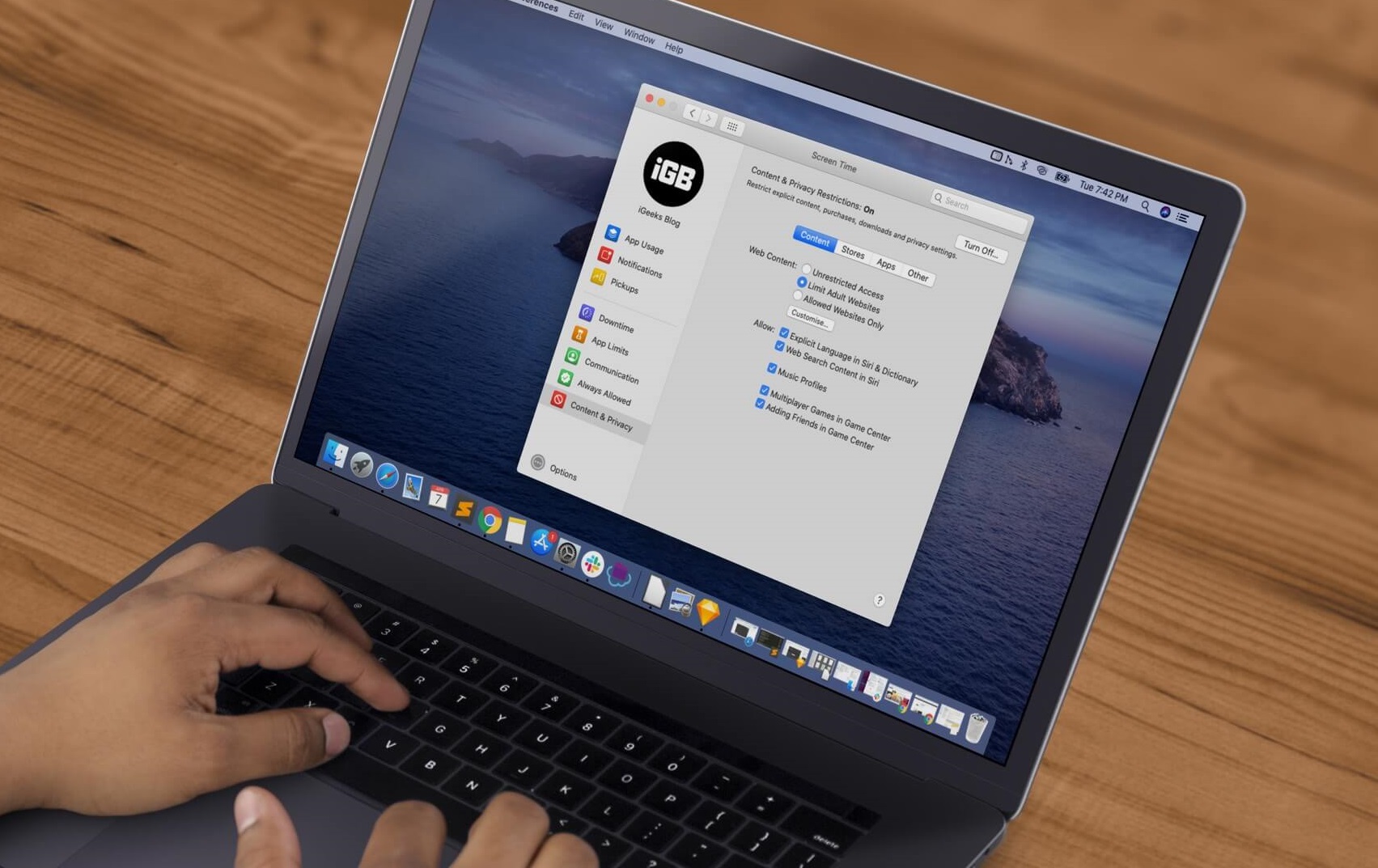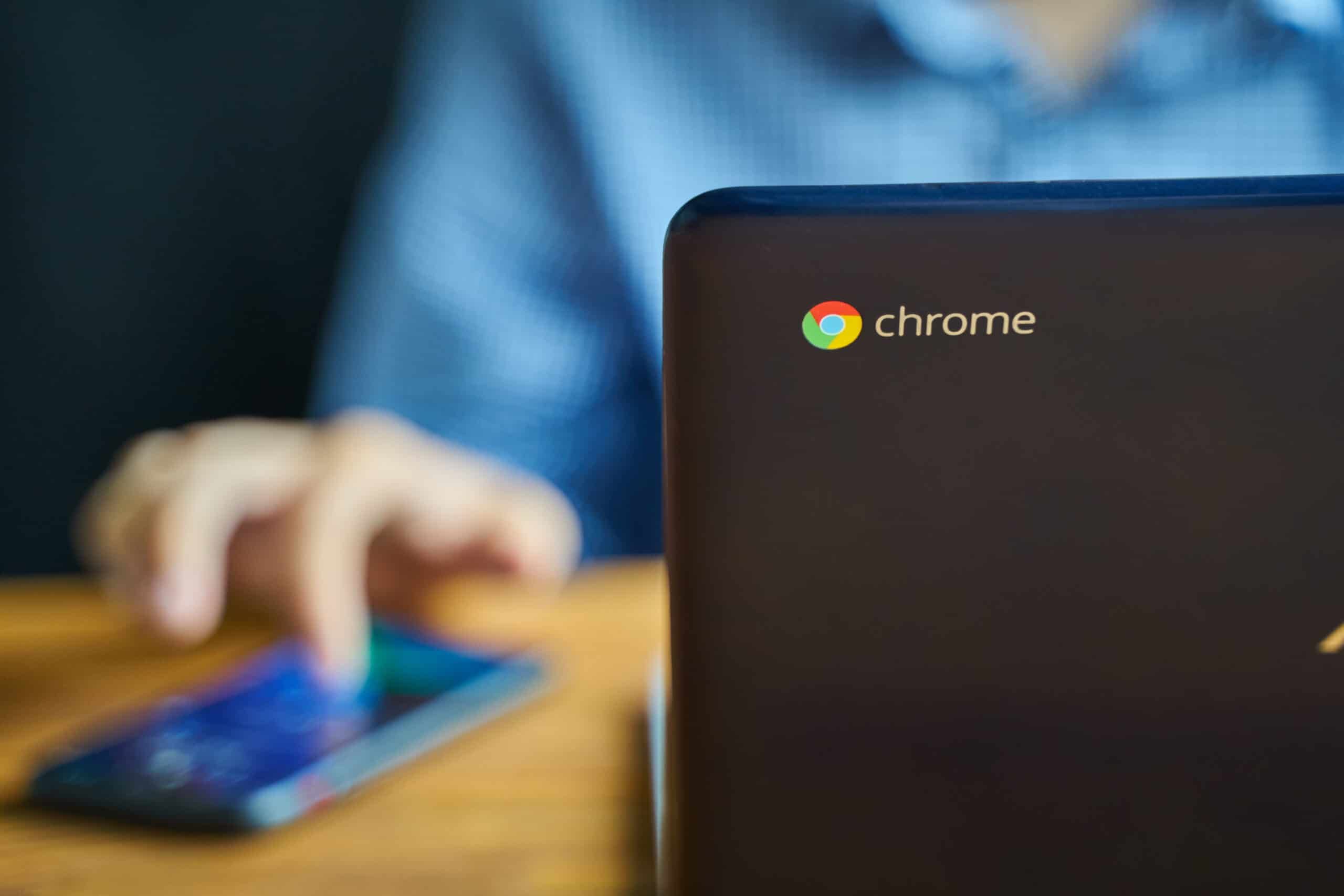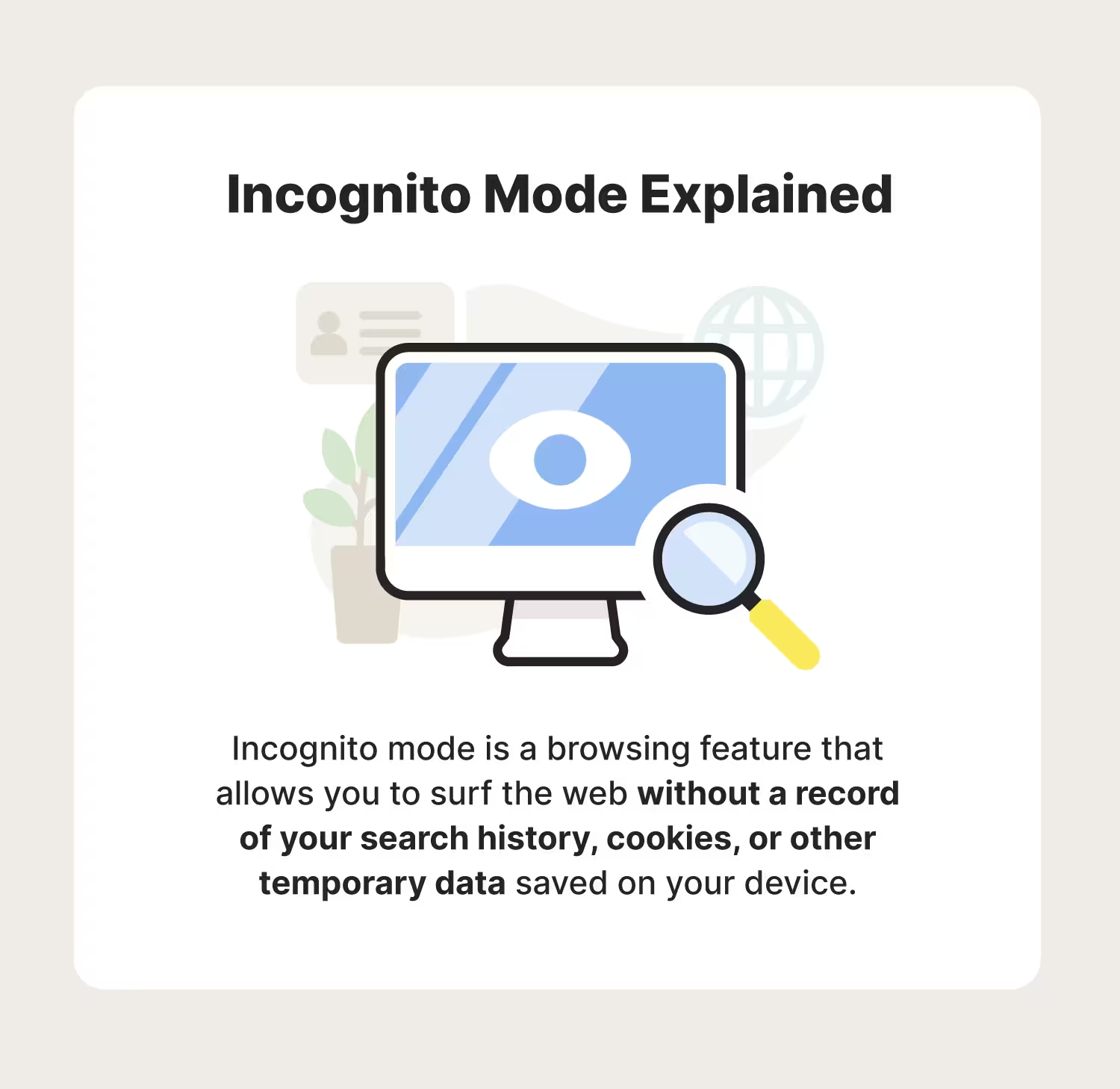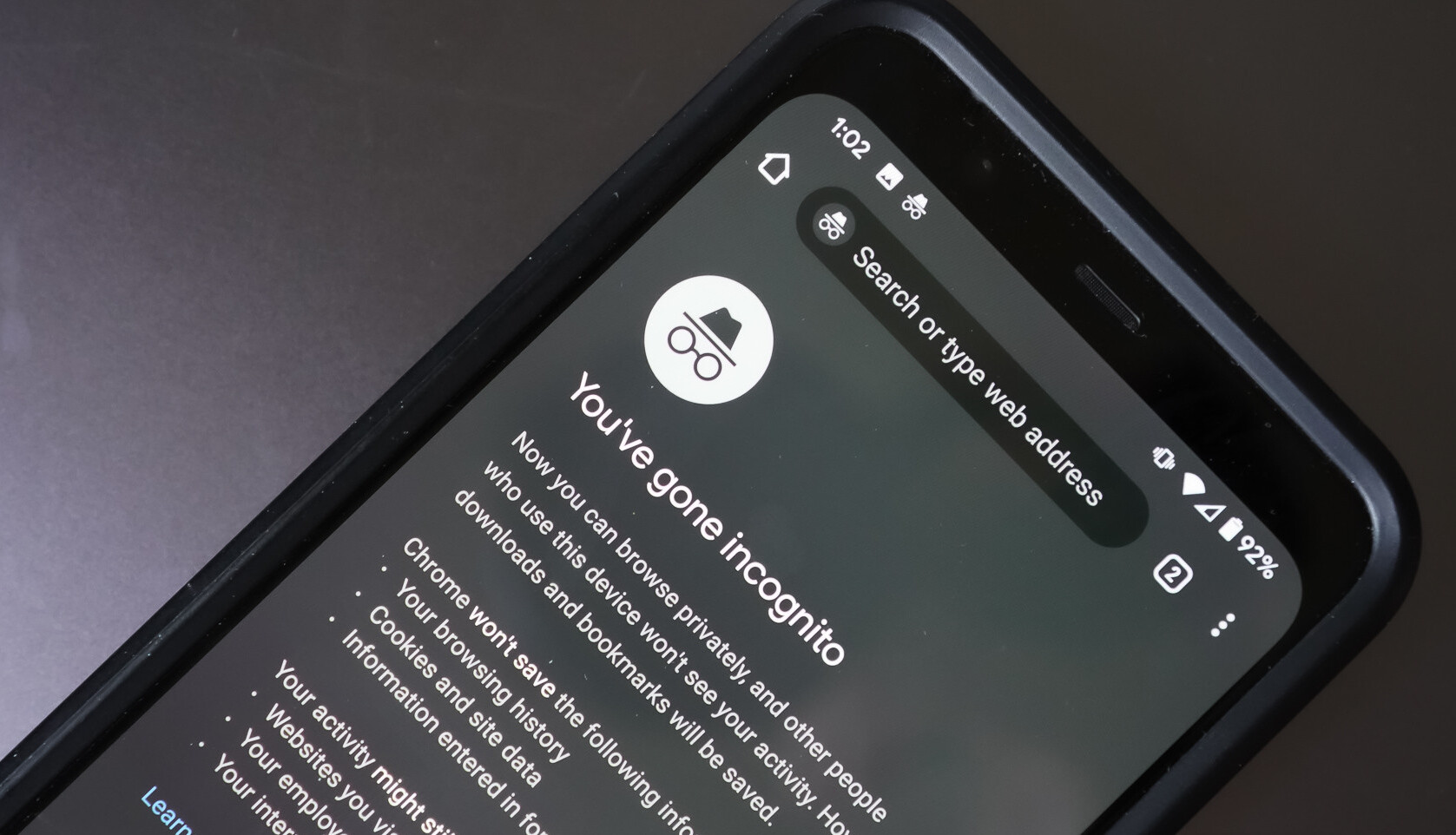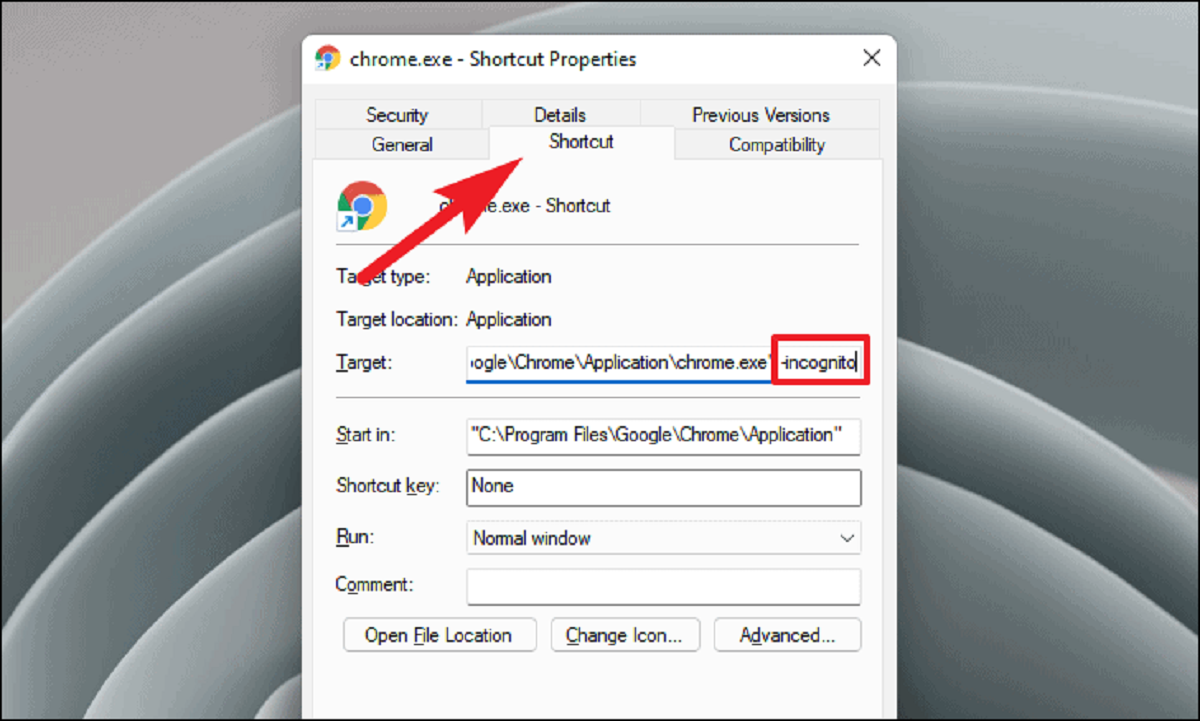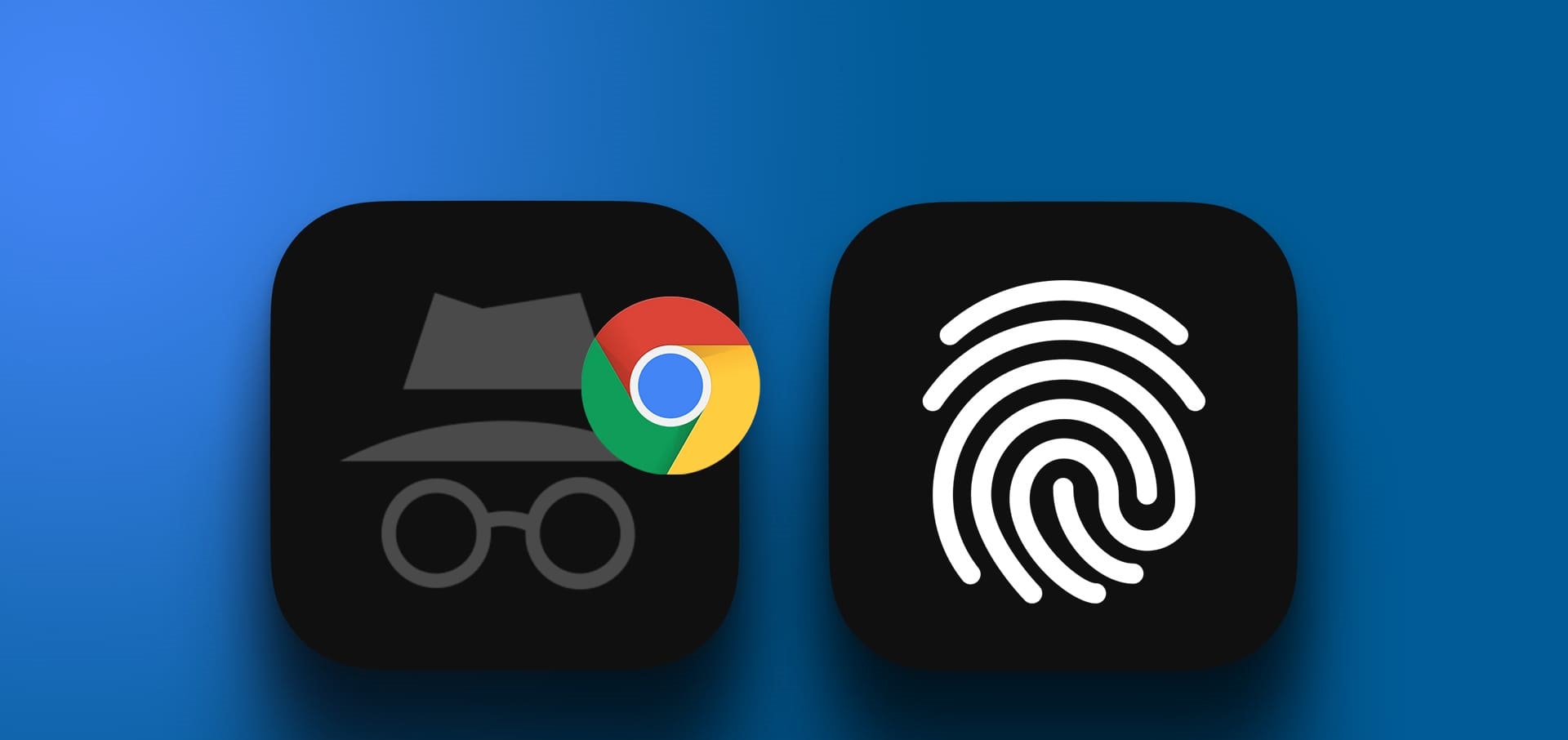Introduction
Welcome to our guide on how to delete history on Incognito mode. Incognito mode is a feature offered by most popular web browsers that allows users to browse the internet privately. When using Incognito mode, the browser does not save any browsing history, cookies, or temporary files. This can be beneficial for various reasons, such as maintaining privacy, avoiding targeted ads, or simply keeping your browsing activities discreet.
While Incognito mode is designed to provide a certain level of privacy, it’s important to note that it does not make you completely anonymous online. Your internet service provider (ISP), employer, or the websites you visit can still track your online activities. However, deleting your history on Incognito mode can help ensure that someone else using the same device or accessing your browsing history does not have access to your private information.
In this guide, we will walk you through the steps to delete history on Incognito mode for popular web browsers including Google Chrome, Firefox, Safari, and Microsoft Edge. We will also provide additional tips to help you keep your browsing history private. So, whether you want to maintain your privacy, clear your browsing data for security reasons, or simply start with a clean slate, let’s dive in and learn how to delete history on Incognito mode for different web browsers.
What is Incognito Mode?
Incognito mode, also known as private browsing, is a feature offered by most popular web browsers that allows users to browse the internet without leaving behind a trace of their browsing activities. When you use Incognito mode, your browser does not store your browsing history, download history, cookies, or temporary files. It essentially creates a temporary session that is isolated from your regular browsing activities.
The main purpose of Incognito mode is to provide users with a way to browse the web privately and securely. It is particularly useful when you are using a shared device or a public computer, as it helps protect your privacy and prevents others from accessing your browsing history or sensitive information.
While using Incognito mode, your browser still sends requests to websites, and they can track your activities through other means such as IP address or user login information if applicable. It’s important to remember that Incognito mode does not make you completely anonymous online. It only provides a level of privacy within your browsing session.
Incognito mode can be easily enabled in most web browsers. Each browser has its own way of implementing this feature, but typically, you can access it through the browser’s settings or by using keyboard shortcuts. Once you activate Incognito mode, a new window or tab will open, indicating that you are browsing privately.
It’s important to note that while using Incognito mode, certain features may be disabled or limited. For example, extensions or add-ons may not be functional, and some websites may not allow you to log in or access certain content. This is because Incognito mode aims to provide a clean slate without any browsing history or saved data, which can interfere with certain functionalities.
Now that we have a better understanding of what Incognito mode is and its purpose, let’s explore how you can delete history on Incognito mode for different web browsers.
Why Would You Want to Delete History on Incognito Mode?
While browsing in Incognito mode provides some level of privacy, there are several reasons why you might want to delete your history on Incognito mode. Here are a few common scenarios:
- Privacy: Deleting your history on Incognito mode helps maintain your privacy and prevents anyone who might have access to your device from seeing your browsing activities. This is especially important if you are using a shared computer or device.
- Security: Clearing your history on Incognito mode can help protect your sensitive information. If you have entered any personal details, such as passwords or credit card information, during your private browsing session, deleting the history ensures that this information is not stored on the device.
- Discretion: Incognito mode is often used when browsing sensitive or confidential information. Deleting your history ensures that no trace of that information is left behind, giving you peace of mind.
- Clean Slate: If you frequently use Incognito mode, you might want to start fresh with each new session. Deleting the history allows you to begin your private browsing with a clean slate, without any previous browsing data cluttering your experience.
- Browsing Experience: Sometimes, websites may behave differently or show personalized content based on your browsing history. If you want to view a website without any previous history influencing the results, deleting your history on Incognito mode can provide a more objective browsing experience.
It’s important to note that deleting your history on Incognito mode is not a foolproof method to completely erase your online activities. Your ISP, employer, or specific websites can still have ways to track your browsing behavior. However, deleting your history on Incognito mode helps ensure that your browsing activities remain private and inaccessible to others who may have access to your device.
Now that we understand the reasons why you might want to delete your history on Incognito mode let’s move on to the practical steps of how to delete history on different web browsers.
How to Delete History on Google Chrome Incognito Mode
Google Chrome is one of the most popular web browsers, and it offers a straightforward method to delete your history on Incognito mode. Follow the steps below to clear your browsing data:
- Open Google Chrome and click on the three-dot menu icon located at the top-right corner of the browser window.
- In the dropdown menu, hover over “History” to expand the options, then click on “History” again. Alternatively, you can use the keyboard shortcut “Ctrl+H” (Windows) or “Command+Y” (Mac) to open the History page.
- On the History page, you will see a list of your browsing activities. At the top-left corner of the page, click on “Clear browsing data”.
- A pop-up window will appear with options to customize what you want to delete. Choose the time range you want to clear, such as “Last hour”, “Last 24 hours”, “Last 7 days”, or you can select “All time” to delete everything. Make sure the checkbox next to “Browsing history” is selected.
- Click on the “Clear data” button to delete your browsing history on Incognito mode. The process may take a few moments, depending on the amount of data.
After completing these steps, your browsing history on Incognito mode will be deleted, providing you with a fresh start for your private browsing sessions in Google Chrome.
Note that clearing your history on Incognito mode does not affect your regular browsing history. If you want to delete your regular browsing history, you can follow similar steps in the regular browsing mode by accessing the History page through the menu.
Next, we will explore how to delete history on Incognito mode for Firefox.
How to Delete History on Firefox Incognito Mode
Firefox is another popular web browser that offers an easy way to delete your history on Incognito mode. Follow the steps below to clear your browsing data:
- Open Firefox and click on the three-line menu icon, also known as the “hamburger” icon, located at the top-right corner of the browser window.
- In the dropdown menu, click on “Library” and then select “History”. Alternatively, you can use the keyboard shortcut “Ctrl+Shift+H” (Windows) or “Command+Shift+H” (Mac) to open the History panel.
- On the History panel, you will see a list of your browsing activities. At the top-right corner of the panel, click on the “Clear Recent History” option.
- A pop-up window will appear with options to customize what you want to delete. Select the time range you want to clear, such as “Last hour”, “Last 2 hours”, “Last 4 hours”, or you can select “Everything” to delete all history. Make sure the checkbox next to “Browsing & Download History” is selected.
- Click on the “Clear Now” button to delete your browsing history on Incognito mode. The process may take a few moments, depending on the amount of data.
Once you have completed these steps, your browsing history on Incognito mode in Firefox will be deleted. This ensures that your private browsing sessions remain private and do not leave behind any traces.
It’s important to note that clearing your history on Incognito mode in Firefox does not affect your regular browsing history. If you want to delete your regular browsing history, you can follow similar steps in the regular browsing mode by accessing the History panel through the menu.
Next, let’s explore how to delete history on Incognito mode for Safari.
How to Delete History on Safari Incognito Mode
If you are using Safari as your web browser and want to delete your history on Incognito mode, follow the steps below:
- Open Safari and click on the “History” tab in the menu bar at the top of the screen.
- In the dropdown menu, click on “Clear History”. Alternatively, you can use the keyboard shortcut “Command+Shift+Delete” to open the Clear History window.
- A pop-up window will appear with options to customize what you want to delete. Choose the time range you want to clear, such as “the past hour”, “today”, or “all history”. Make sure the checkbox next to “Browsing history” is selected.
- Click on the “Clear History” button to delete your browsing history on Incognito mode. Depending on the amount of data, the process might take a moment.
After following these steps, your browsing history on Incognito mode in Safari will be deleted, ensuring that your private browsing sessions remain private and leave no traces on your device.
It’s important to note that clearing your history on Incognito mode in Safari does not affect your regular browsing history. If you want to delete your regular browsing history, you can follow similar steps in the regular browsing mode by accessing the Clear History window through the History tab in the menu bar.
Next, let’s explore how to delete history on Incognito mode for Microsoft Edge.
How to Delete History on Microsoft Edge Incognito Mode
If you are using Microsoft Edge as your web browser and want to delete your history on Incognito mode, follow the steps below:
- Open Microsoft Edge and click on the three-dot menu icon located at the top-right corner of the browser window.
- In the dropdown menu, hover over “History” to expand the options, then click on “History” again. Alternatively, you can use the keyboard shortcut “Ctrl+Shift+Delete” to open the Clear browsing data window.
- A new tab will open, displaying the Clear browsing data window. Choose the time range you want to clear, such as “the past hour”, “the past day”, or “the beginning of time”. Make sure the checkbox next to “Browsing history” is selected.
- Click on the “Clear” button to delete your browsing history on Incognito mode. The process may take a few moments, depending on the amount of data.
Following these steps will delete your browsing history on Incognito mode in Microsoft Edge, ensuring that your private browsing sessions remain private and do not leave behind any traces.
Remember that deleting your history on Incognito mode in Microsoft Edge does not affect your regular browsing history. If you want to delete your regular browsing history, you can follow similar steps in the regular browsing mode by accessing the Clear browsing data window through the History menu.
Now that you know how to delete history on Incognito mode for different web browsers, let’s move on to some additional tips for keeping your browsing history private.
Additional Tips for Keeping Your Browsing History Private
While deleting your history on Incognito mode helps maintain your privacy, there are additional measures you can take to further enhance your browsing privacy. Here are some tips to consider:
- Use a Virtual Private Network (VPN): A VPN encrypts your internet connection and routes it through a private server, masking your IP address and making it more difficult for anyone to track your online activities.
- Regularly Clear Cookies and Cached Data: Clearing cookies and cached data can help prevent websites from tracking your browsing habits and reduce the amount of stored data on your device.
- Disable Third-Party Cookies: Configure your browser settings to block or limit third-party cookies, which are often used for tracking and personalized advertising.
- Use Privacy-Focused Browser Extensions: Install browser extensions or add-ons that enhance privacy by blocking trackers, ads, and other intrusive elements.
- Opt for Private Search Engines: Consider using search engines that prioritize user privacy, such as DuckDuckGo or Startpage, which do not store or track your search history.
- Use Encryption for Online Communication: Whenever possible, use encrypted communication methods such as HTTPS or secure messaging apps to protect your sensitive information.
- Be Mindful of Public Wi-Fi: Avoid accessing sensitive information or logging into accounts when using public Wi-Fi networks, as they may lack proper security measures.
These additional tips can help further safeguard your browsing privacy and ensure that your online activities remain private and secure. However, it’s important to remember that no method is 100% foolproof, and being mindful of the websites you visit and the information you share online is crucial.
In this guide, we have explored how to delete history on Incognito mode for popular web browsers and provided additional tips for keeping your browsing history private. By following these steps and implementing these best practices, you can have greater control over your online privacy and enjoy a more secure browsing experience.
Conclusion
In this guide, we have covered the steps to delete history on Incognito mode for popular web browsers such as Google Chrome, Firefox, Safari, and Microsoft Edge. We have also provided additional tips for keeping your browsing history private.
Incognito mode offers a convenient way to browse the internet privately, without leaving behind a trace of your browsing activities. It can be useful for maintaining your privacy, protecting sensitive information, and having a clean slate for each browsing session.
Deleting your history on Incognito mode helps ensure that your private browsing sessions remain private and inaccessible to others. By following the steps outlined in this guide, you can easily clear your browsing data and start anew.
However, it’s important to note that while Incognito mode provides a level of privacy, it does not make you completely anonymous online. Your internet service provider, employer, or specific websites may still have ways to track your activities. Therefore, it’s important to be mindful of the websites you visit and the information you share online.
In addition to deleting your history on Incognito mode, implementing additional privacy measures can further enhance your browsing privacy. Using a VPN, clearing cookies and cached data, disabling third-party cookies, and utilizing privacy-focused browser extensions are just a few examples of the steps you can take.
Remember, online privacy is an ongoing effort, and staying informed about the latest privacy practices is essential. By combining the use of Incognito mode with other privacy measures, you can enjoy a more secure and private browsing experience.
We hope this guide has been informative and helpful in understanding how to delete history on Incognito mode and enhancing your browsing privacy. With these tools and knowledge in hand, you can browse the web with greater confidence and peace of mind.







